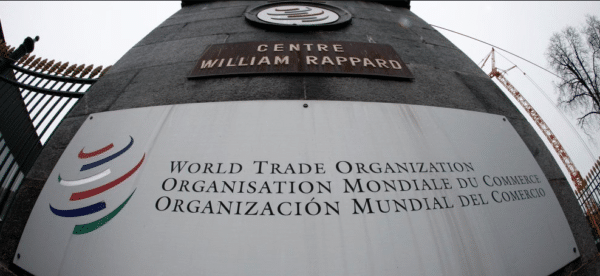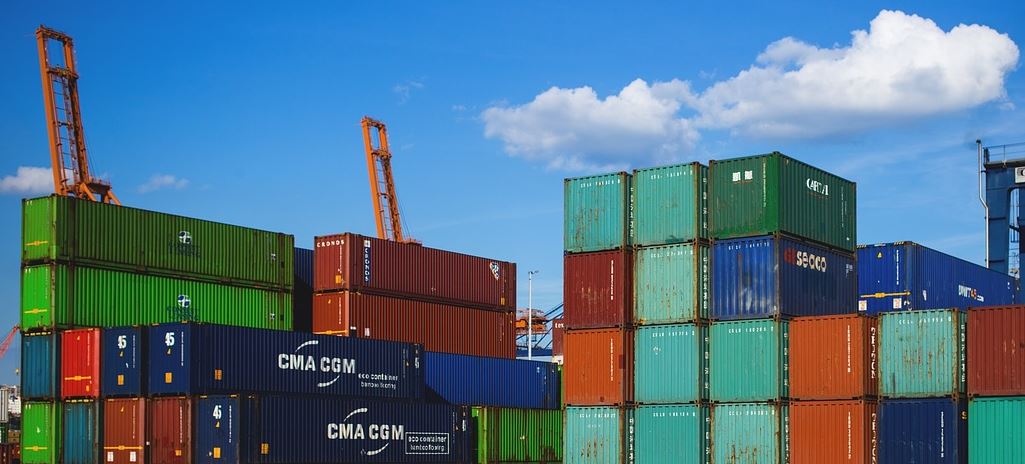A World Trade Organization dispute panel rejected all four of China’s claims against the U.S. relating to safeguard measures that the Trump administration imposed on solar panels imported from Chinese manufacturers.
In reporting the news, the Bloomberg news agency said that China failed to establish that Washington’s safeguards against imports of certain crystalline silicon photovoltaic cells were inconsistent with the WTO’s rules on the measures. The Geneva-based body issued its findings in a report.
Trump announced in early 2018 four years of import caps and tariffs on panels after a certain amount was imported. That was in response to a trade suit filed in April 2017 by a bankrupt U.S. solar manufacturer that claimed it had been harmed by low-cost imports, mostly from Asia. The U.S. International Trade Commission agreed in October that year, paving the way for Trump’s decision.
The WTO’s dispute-settlement body set up a panel to hear China’s case in August 2019. In it, Beijing alleged that Washington acted inconsistently with a number of articles in the organization’s general agreement on tariffs and trade.
Among China’s allegations that the WTO rejected was that the U.S. failed to establish the required causal link between the increased imports and the serious injury found to exist.
The dispute-settlement body will adopt the panel’s report within 60 days unless either the U.S. or China notifies it of a decision to appeal.
Tariff renewal?
In August, Hanwha Q CELLS USA, Inc., LG Electronics USA, Inc., and Mission Solar Energy asked the International Trade Commission to extend import tariffs on crystalline silicon photovoltaic (CSPV) cells.
The petition was made under Section 204(c) of the Trade Act of 1974 and Subpart F of part 206 of the rules of practice and procedure of the ITC. The companies said that they are representatives of the domestic industry producing CSPV cells and modules and, therefore, have standing to file the petition.
Days earlier, Auxin Solar and Suniva formally asked the ITC to extend solar tariffs for four more years.
 In their separate 420-page filing on August 4, Hanwha Q CELLS USA, LG Electronics USA, and Mission Solar Energy said they had “not yet received the full benefit intended” by tariffs, which were put in place in 2018 and are set to expire in February 2022. The companies said they need more time to “complete their adjustment” to facilitate the domestic module production that they called “critical” to the Biden administration’s aim to make the energy sector carbon-free by 2035.
In their separate 420-page filing on August 4, Hanwha Q CELLS USA, LG Electronics USA, and Mission Solar Energy said they had “not yet received the full benefit intended” by tariffs, which were put in place in 2018 and are set to expire in February 2022. The companies said they need more time to “complete their adjustment” to facilitate the domestic module production that they called “critical” to the Biden administration’s aim to make the energy sector carbon-free by 2035.
The remedy that the domestic industry received through the tariffs was “partially impaired” by what they said was import stockpiling before the tariffs took effect, the economic impact of the Covid-19 pandemic, continued import underselling, and increased costs and tariffs on the inputs used to produce modules.
In an interview with pv magazine after the August filings, John Smirnow, general counsel and vice president of market strategy for the Solar Energy Industries Association (SEIA), said the trade group remains opposed to tariffs. He cited numbers that SEIA presented to the ITC as part of its mid-term review of the tariffs, which showed around 2 GW less solar being developed than was forecast prior to the tariffs.
He said in the interview that claims that the tariffs would lead to the creation of 45,000 jobs were “wildly, comically off.” He pegged the actual number of new jobs created as a result of the tariffs at no more than 2,000 through expansion at “three modest facilities.”
Smirnow said that the tariffs hurt overall solar sector growth and are not an effective incentive to spur new manufacturing investment. He said that business investments rely on a five- to 10-year time horizon and not on a four-year window of opportunity.
This content is protected by copyright and may not be reused. If you want to cooperate with us and would like to reuse some of our content, please contact: editors@pv-magazine.com.









So 2,000 Americans get to have jobs in the solar panel manufacturing industry while 50,000 more Americans lose their jobs in the solar installation and other related businesses because the US government puts taxes (tariffs) on imported solar panels. Yeah, let’s keep shooting ourselves in the foot over and over while expecting a different outcome this time. Hey, while we’re at it, why don’t we tax all the most successful businesses a bunch more since it’s so unfair that their intelligence and hard work is letting get them get so far ahead of the others that want to spend their resources on stock buybacks, executive perks, and golden parachutes.